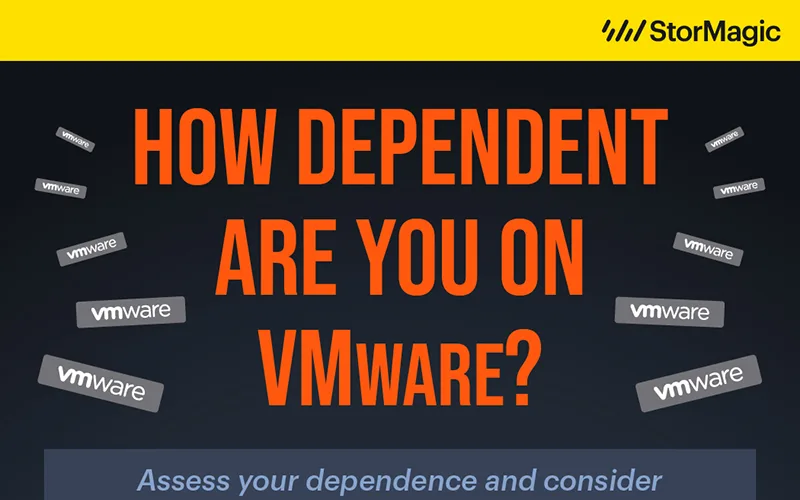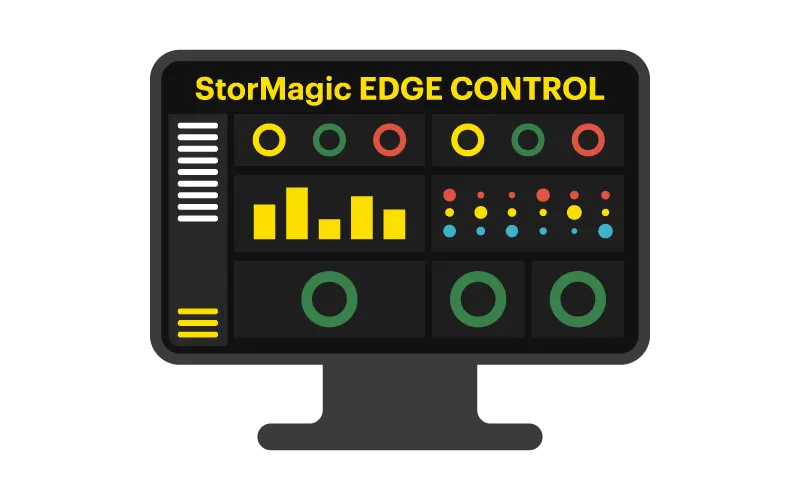Best Practices for Achieving High Availability
For most organizations, high availability is a key objective with the goal being as close to 100% uptime as possible. SvSAN is the perfect way to ensure high availability between 2 or more servers and help organizations achieve this, with a variety of deployment options available. We’ve put together some high availability use cases for different storage scenarios that help illustrate these options below:
Single site
Keiser produces innovative sports equipment for 80% of the top professional sports teams in the world. At their large factory, all of their storage was in a single room, which provided no resiliency in the event of a localized “event” that brought the system down (water damage, power failure, accidental disruption. . Keiser remedied this by deploying SvSAN on a three-node cluster, with each server sitting in a distant corner of the factory, to create resilient, highly available shared storage that keeps applications running even if one of the servers has a problem.
100 remote sites
E.ON is the largest privately owned power and gas company, and their Climate and Renewables division are responsible for generating energy from hundreds of offshore wind, biomass and solar sites. E.ON needed a cost effective way of providing highly available storage for over 100 remote (often unmanned) renewable energy facilities. They deployed a 2 server solution at each site to create a highly available system, which experiences no downtime. It was important for E.ON to protect against unplanned downtime as the sites are so remote that it could take a team six days to get to the site and fix the problem.
Low cost
When you’re one of the best universities in the world, downtime can cause havoc, disruption and pure chaos. Oxford University needed a low cost, highly available server and storage solution. SvSAN is hardware agnostic, meaning that the university was not hit with the hardware costs that are associated with many other virtual SANs solutions. By deploying SvSAN, the University now enjoys zero downtime and no longer experiences reboots when software updates are applied.
These are just a few examples of how SvSAN has created a highly available, cost-effective solution for over a thousand customers. You can find more customer case studies here.




